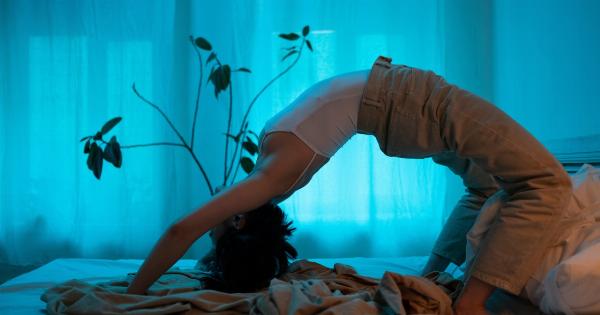Insomnia is a sleep disorder that affects individuals of different ages and backgrounds. It is a condition characterized by difficulty falling asleep, staying asleep, or waking up too early.
Insomnia can be caused by different factors such as stress, anxiety, depression, medication side effects, and medical conditions. The effects of insomnia on an individual vary depending on various factors such as age, gender, occupation, and lifestyle. This article discusses the most affected groups by insomnia.
1. Older Adults
Insomnia is more common in older adults due to several factors such as medical conditions, medication side effects, and lifestyle changes such as retirement, which can alter their sleep patterns.
According to the National Sleep Foundation, older adults require the same amount of sleep as younger adults, but their sleep patterns tend to be more fragmented, with more frequent waking and lighter sleep.
2. Women
Studies show that women are more likely to experience insomnia than men. Hormonal changes during the menstrual cycle, pregnancy, and menopause can disrupt women’s sleep patterns, causing insomnia.
Furthermore, women are more prone to anxiety and depression, which are common triggers for insomnia.
3. People with Mental Health Conditions
People with mental health conditions such as anxiety, depression, post-traumatic stress disorder (PTSD), and bipolar disorder are more likely to experience insomnia.
Insomnia worsens the symptoms of mental health conditions, making treatment and recovery more challenging.
4. Shift Workers
Shift workers who work at night or rotating shifts are prone to insomnia due to the disruption of their circadian rhythm. The circadian rhythm is the internal biological clock that regulates sleep and wake cycles.
Shift workers often have difficulty falling asleep during the day and staying awake during the night shift.
5. Students
Students are prone to insomnia due to academic pressure and stress. The pressure to perform well academically can lead to anxiety and sleepless nights, making it difficult for students to concentrate and learn effectively.
6. Individuals with Chronic Pain
Chronic pain conditions such as arthritis, fibromyalgia, and back pain can disrupt sleep patterns, leading to insomnia. Pain can make it difficult for individuals to fall asleep and stay asleep, reducing the quality of their sleep.
7. Athletes
Athletes are prone to insomnia due to training schedules, competition, and travel. The stress and physical demands of sports can disrupt sleep patterns, affecting their performance and recovery.
8. Individuals with Medical Conditions
Individuals with medical conditions such as asthma, allergies, and gastroesophageal reflux disease (GERD) are prone to insomnia. The symptoms of these medical conditions can disrupt sleep patterns, causing insomnia.
9. Individuals with Substance Abuse Issues
Substance abuse issues such as alcoholism and drug addiction can cause insomnia. The use of drugs and alcohol can alter sleep patterns, making it difficult for individuals to fall asleep and stay asleep.
Moreover, withdrawal symptoms from substance abuse can lead to insomnia.
10. Caregivers
Caregivers such as parents with young children, individuals taking care of the elderly, and healthcare professionals are prone to insomnia.
The responsibilities of caregiving can disrupt sleep patterns, making it difficult for caregivers to get adequate rest.
Conclusion
Insomnia is a sleep disorder that affects individuals of different ages and backgrounds. It can be caused by various factors such as stress, anxiety, depression, medication side effects, and medical conditions.
The effects of insomnia vary depending on various factors such as age, gender, occupation, and lifestyle. It is essential to seek medical advice if you are experiencing insomnia to avoid the adverse effects it has on your mental and physical health.































